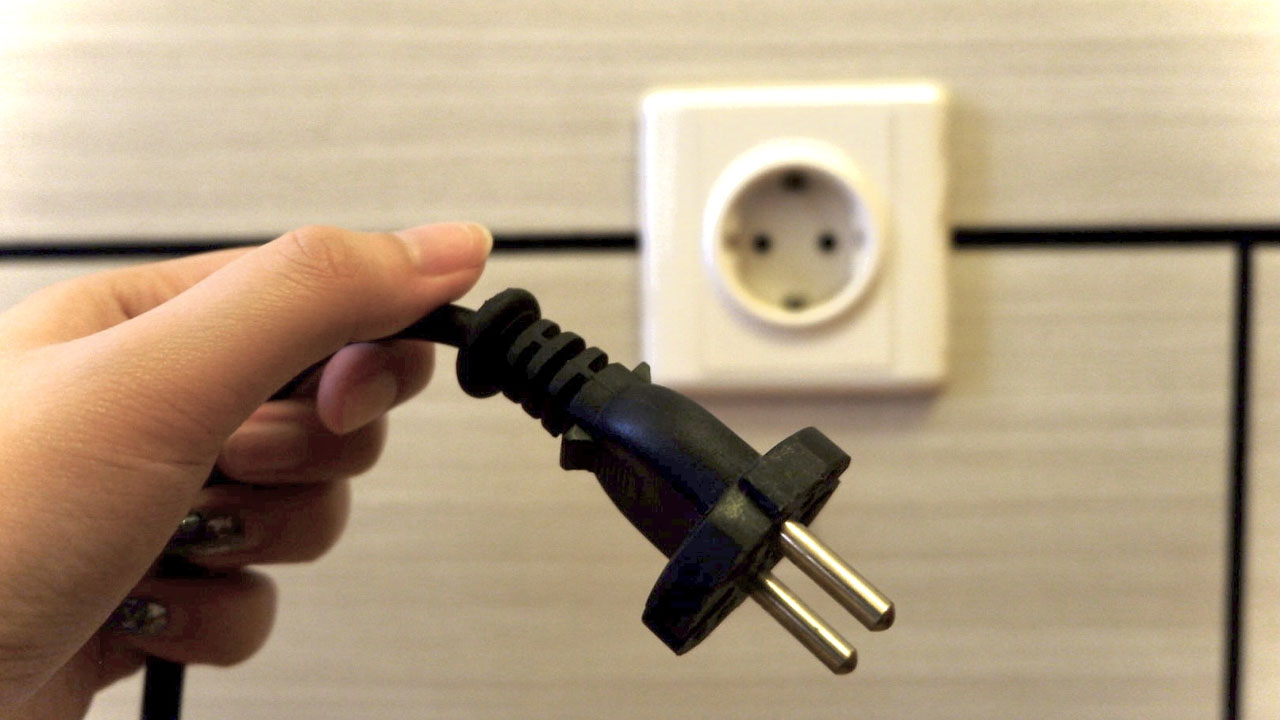Electronic devices in our homes are left plugged in even when not in use. So, does a plugged-in electronic device consume energy and increase the electricity bill? We will examine this issue through a television.
Electronic products are an integral part of our lives. Today, we all have refrigerators, ovens, television or there are products such as computers. In this content, these electronic products are only while plugged in We will examine whether they consume energy or not.
Let’s say directly; almost all the electronic products you use, if they are plugged in they consume energy. This consumption is also reflected in the electricity bill, as you can imagine. However, there is something you should know here. Let’s say you turned off a TV with the remote and left it there for a month. The next month, you left a television working during the month. If the TV is turned off but plugged in, it consumes less electricity, lower bill will appear as
The energy consumed by plugged-in appliances is called “vampire charge”!
All electronic products, as the name suggests, are of all kinds. electronic circuits contains. When these circuits are connected to an energy source, they consume electricity even if they are not actively working. In fact, the sector is responsible for this consumed electricity.vampire charge” and “ghost load” has also given names.
Let’s come to the material aspect of the matter… Let’s all together, an average television Let’s calculate how much electricity it consumes when plugged in but not in use will affect the bill.
The average energy consumption of a television in standby mode is 1.3 watts.

According to “Eco Cost Savings”, which conducts a research on the energy consumption of 107 different televisions on the market. TVs on average in standby mode 1.3 watts consumes electricity. There is something here that we would like to draw your attention to. Televisions consume energy, including aspects such as screen size and resolution when turned on. However, regardless of the screen size and resolution of a television in standby mode, the energy consumedit doesn’t change much
. Now a little math: We can find the effect of a product on the bill not in watts, but in terms of the kWh value of this product. When we make this conversion, we can calculate the electricity consumption of a television in standby mode in one hour. 0.0013 kWh We conclude that. The average daily television viewing in Turkey is approximately 5 hours (**) according to RTÜK. In this case, the effect of a television in standby mode on the bill can be accepted as 0.025 kWh per day. From here, the effect on the bill with a monthly usage of 0.75 kWh.1.31 TL
We conclude that (***).

Should I pull the plug? You may have thought that 1 TL is not so important. So should we pull the plug, or should the TVs stay in standby mode? When a TV stays in standby modehas some advantages . On the other hand, unplugging the television also has some advantages. Let us present these to you,you have the last word
.
- Advantages of leaving the TV plugged in: You don’t have to worry about software updates offered to the TV. Many televisions are in standby mode.being updated
- . Supporting television models offer program recording in standby mode. Thus, while you are asleep or busy with other work, you can watch the programs you want to watch later.you can save
.
- Advantages of not leaving the TV plugged in: Even if your bill is low as energy consumption is reduced to zerowill fall
- . due to adverse events such as storms from current changes
you will be protected. : To the Energy Cost Savings article on consumption data
from here you can reach. (**): To RTÜK’s “Youth Media Use and Digital Literacy Research”
from here you can reach. (***): Invoice calculation was made with the electricity bill calculation tool of the Lighting Portal. to that vehicle
from hereyou can reach.
source site-34
